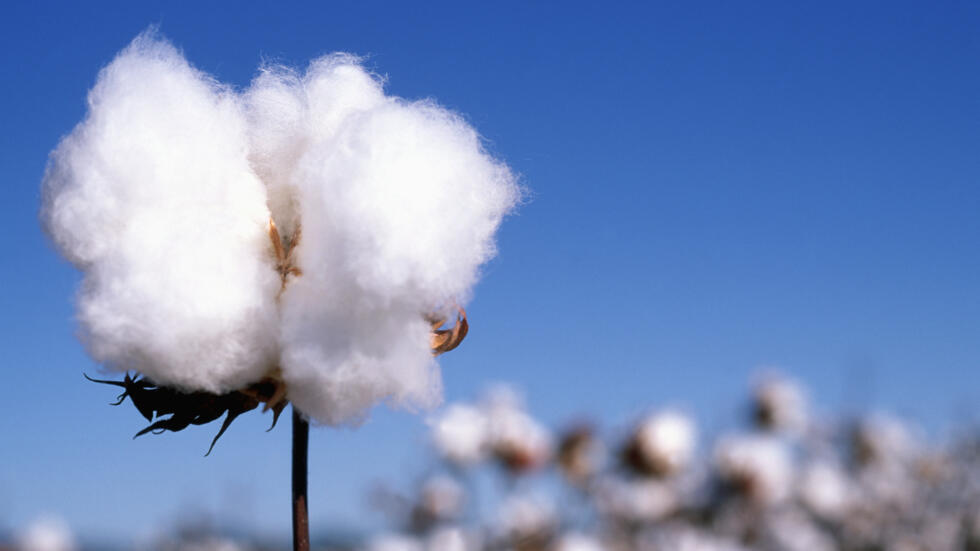Life can persist in the most extreme environments on Earth and even in the stratosphere, where fungal and bacterial spores have been discovered. These spores, which are able to survive for centuries, can pose threats to crops and human health. Extreme weather events, amplified by climate change, make it easier to move around. These findings underscore the importance of research on these organisms and their potential impacts. These fungal spores floating in the stratosphere could be deadly or destroy crops. They survive in extreme conditions and can remain dormant for centuries before reactivating. Climate change could increase their number and dispersion, creating risks in new geographical areas. The spores have exceptional resistance, but their survival for millions of years remains controversial.
Here is a list of the main dangers posed by these spores:
- Risks to humans:
Infections: Some species of fungi, such as Aspergillus fumigatus, can cause serious infections in people with weakened immune systems.
Allergies: Exposure to fungal spores can trigger allergic reactions, respiratory problems, and asthma attacks.
- Risks to agriculture
Crop destruction: Spores can infect plants, leading to diseases that reduce agricultural yields. For example, Botrytis cinerea, known as “grey mould”, can destroy fruit and vegetable crops.
Food contamination: Some species of fungi produce mycotoxins, which can contaminate crops and make food toxic to humans and animals.
- Increased spread due to climate change
Favorable conditions: Climate change may create more favorable conditions for fungal spores to grow and spread, increasing their presence in new regions.
Extreme events: Storms and wildfires can carry spores into the stratosphere, where they can survive and fall back on previously unaffected areas.
- Threat to biodiversity
Ecosystem disruption: The introduction of pathogenic fungi into new environments can disrupt local ecosystems, threatening biodiversity and native species.
Source : Bloomberg




